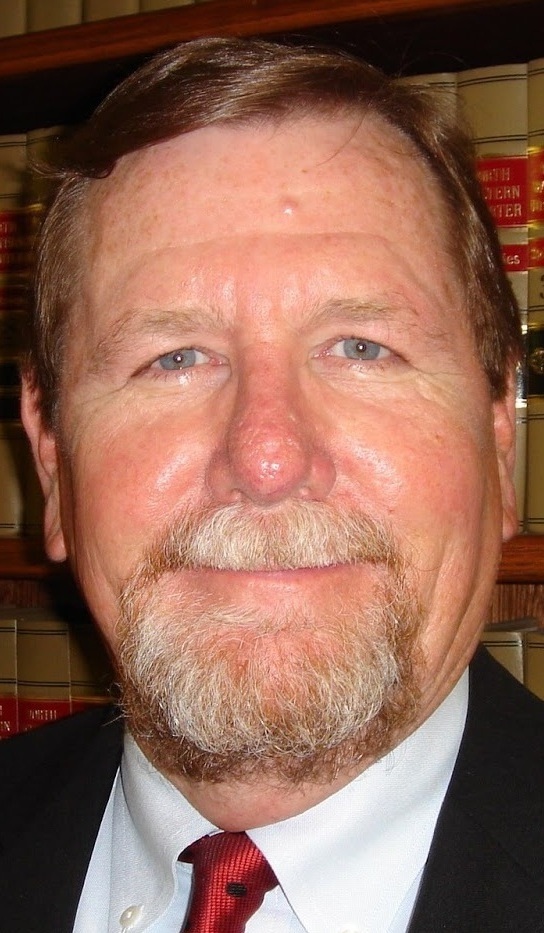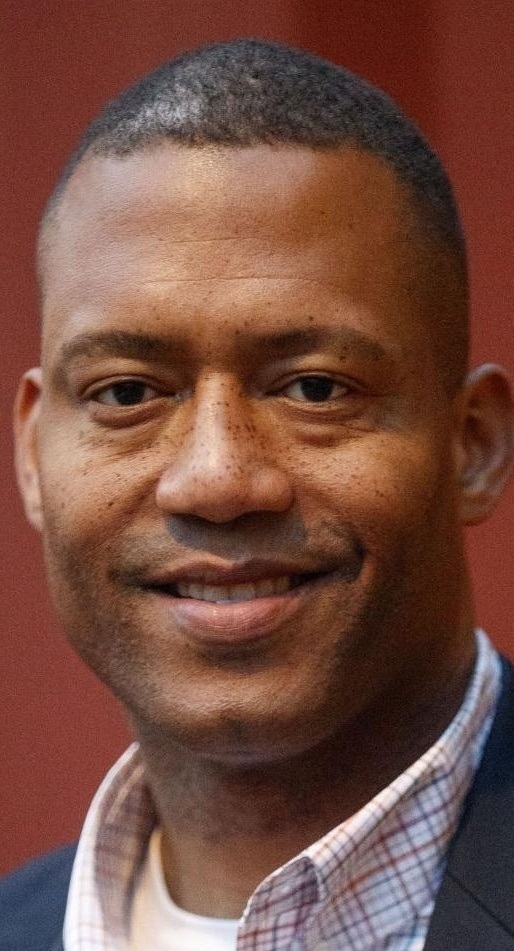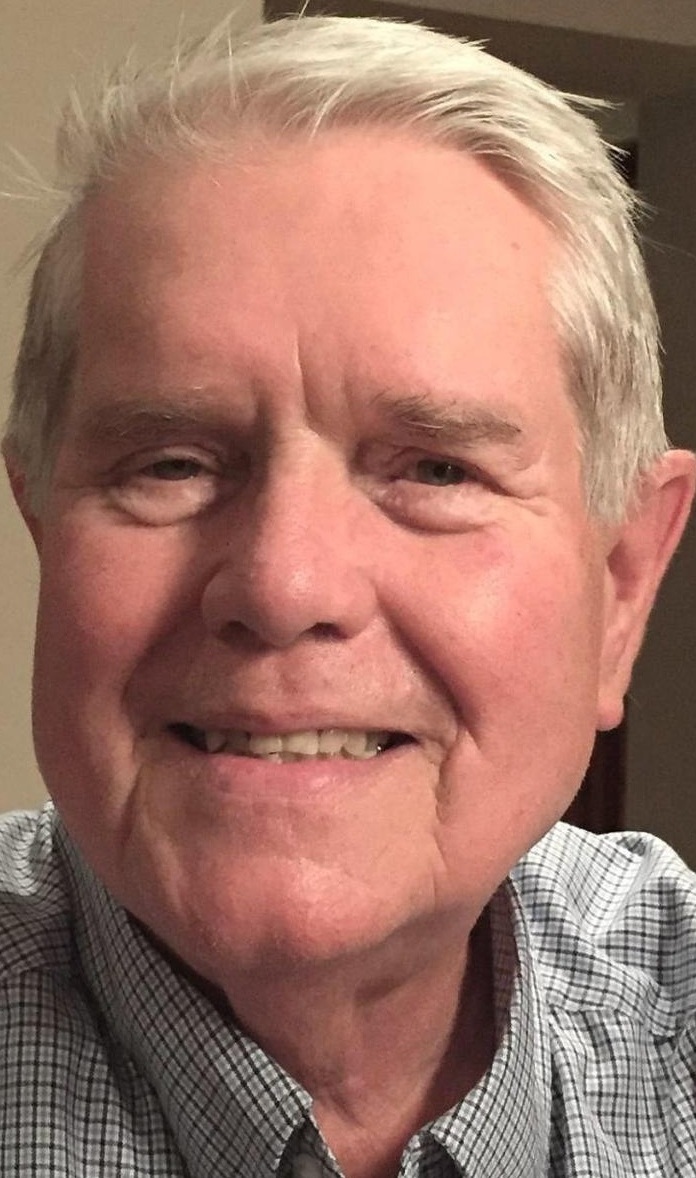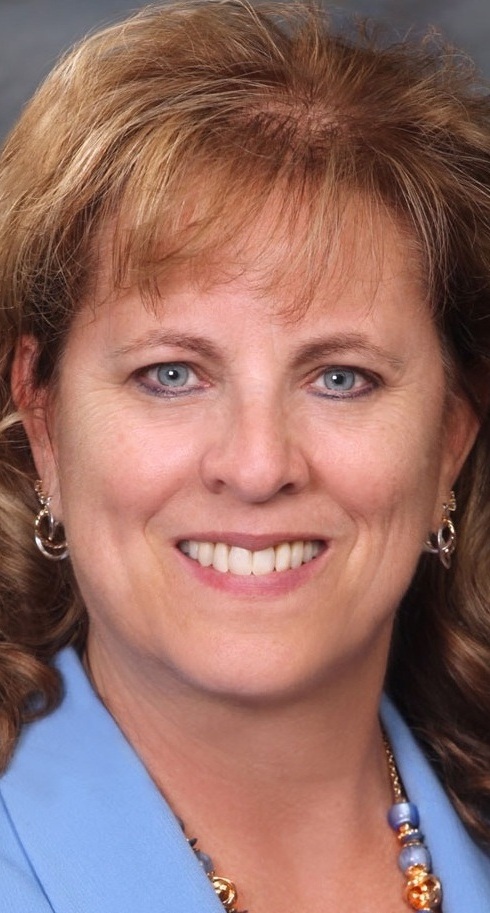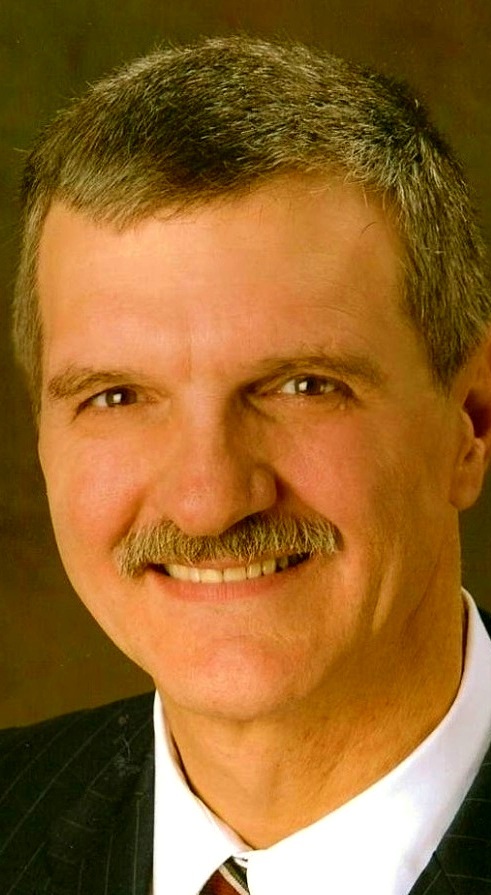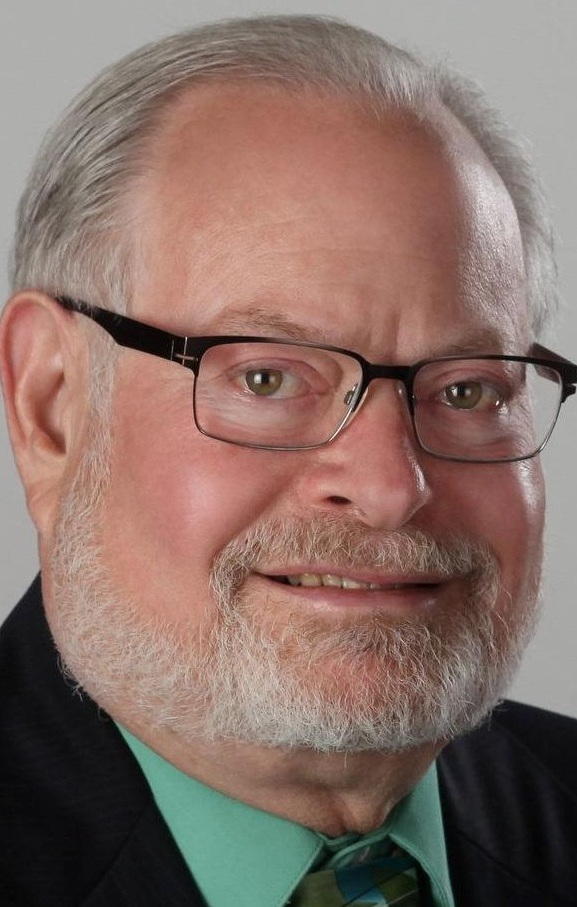Commissioners Debate Justice Plan in Committee Hearing
The Douglas County Board of Commissioners received a monthly report addressing the development of the new county juvenile detention center, a key component of the proposed justice complex that has become the most contentious. During the October 30, 2018, meeting, a “Douglas County Justice Center Project Update” provided further details to the construction plan. It was presented by HDR Architecture to the Child and Youth Services committee headed by Commissioner Chris Rodgers.
Rodgers made his position for a downtown youth detention clear when he repeatedly argued with his colleague Commissioner Mike Boyle. In past sessions, Boyle voiced opposition to moving juvenile detention from the current location to a downtown Omaha facility. “We have lost public trust because of this project. I ask often, let’s have public meetings,” Boyle lamented. “From what I understand about the windows, that kids, young people will be looking out into garages. I don’t get that. That’s horrible.”
Project Update: HDR Architect & Burlington Capital
Cavanaugh: “The $120 million project is really $134 million”
Rodgers: “Next year in July, those kids cannot sit in there”
Boyle: “I made a mistake”
Morgan: “I feel it is a privilege to serve”
Borgeson: “We are moving along and providing updates”
Duda: “I don’t know what the final product will look like”
Meeting Highlights & Commissioner Kraft
55% of youths in detention are African-American.
Read our comprehensive review of the juvenile detention plan, part of the commissioners’ justice reform for Douglas County.
Commissioners meet in legislative chambers at the Civic Center, set up in a semi-circle.
Project Update
The Commissioners were treated to an update by Bruce Carpenter of HDR Architecture, Inc. The report featured images of futuristic edifices on 18th and Howard streets, featuring familiar landmarks like the Woodmen tower; urbanites passing an immense glass curtain wall, an encasing stories tall; of a brick and mortar portion of the detention facility; of various proposed interiors, such as a holding cell, commons area, and an indoor “nature area”.
The green space represent 18th Street, which will need to be vacated by the city of Omaha.
The update was an 8-page, two-sided handout and included schematics of the planned Justice Center, which presents a ten story complex housing six courtrooms (with the ability to expand to eight), the county attorney, public defender, probation office, court support, and community programs. A sky-walk would connect the Justice Center to the Civic Center. The schematics show the proposed Youth Center as a four stories (60,000 GSF) containing Admissions/Administration, Education, Clinic, and forty-eight finished beds (pods), plus sixteen more for future capacity.
“Green space” for juvenile offenders according to the HDR plan.
Entrance to the Justice Center (background) and entrance to the Youth Center (foreground, left).
Carpenter cited the development of the project, “As we go through this, we’re actually now not only measuring the space analysis but measuring the quantity of materials to develop a fairly concise estimate. I think pulling together the best information that we have, and the detail, to estimate the cost.”
A major component of the downtown plan revealed at the hearing was a sizable public space directly east of the proposed justice complex, which would require closing 18th Street between Harvey and Howard streets, a one block expanse for the entrances. Carpenter provided, “We continue to refine the place, and you see a courtyard on 18th Street. That’s something that we’ve had some initial discussions with city planning but haven’t formally asked for vacation of 18th Street to accommodate that public space.” Carpenter did not give estimates for logistics and costs of the street closing.
Carpenter relied on his architectural rendering of the justice complex to present a vision. “This is a closer look at the entrance, the lobby of the Youth Center and the lobby of the [Justice Center]. And the idea is really to celebrate the justice in this civic area. So instead of looking at this as something that we don’t want to talk about, we’re providing housing for the kids in a restorative environment and combining the entrances to the courts and the Justice Center and celebrating that as something that is important in the community.”
A “Project Control Budget Status” listed budgetary items as Building Construction: $97,089,304; Other Construction: $3,250,000; No-Construction: $13,946,410; Owner Contingency: $5,714,286; for a total project cost at $120,000,000.
Don Mohlman of Burlington Capital (left) with Bruce Carpenter of HDR Architect (right).
Along with Bruce Carpenter was Don Mohlman, of Burlington Capital, who discussed detailed developments. HDR and Burlington estimated their involvement as $7.3 million for HDR as architect and engineer, and $2.5 million for Burlington as project manager. They have been assigned to this county project by the Douglas County Unified Justice Center Development Corporation (JCDC), who have developing authority granted by an ancillary agreement with the county board of commissioners approved in July 2018. (Cavanaugh voted no; Kraft was absent for the vote).
Cavanaugh: “The $120 million project is really $134 million”
Cavanaugh gives opposition for 47 minutes here.
Commissioner James Cavanaugh positioned himself as an opponent at almost every step of the way during the development of the county justice complex project, over the past year, and at the hearing he did not relent. Cavanaugh spoke and asked questions for over 47 minutes, and chose to challenge HDR and Burlington a second time.
Cavanaugh is attorney at law and founding partner of the Cavanaugh Law Firm in Omaha.
“I’d like to thank you, guys [Carpenter and Mohlman]. I know you’re catching some flack here today. I don’t question your motives. Bruce, what you said about best interest of the kids is kind of the guiding principle. I think we all share that,” Cavanaugh assured the attendees.
Points of debate were costs for a new parking garage in the justice center complex, funds for site acquisition, and logistics, such as the 18th Street vacation.
“I understand that you’re seeing [the money] coming out of different areas.” Cavanaugh informed the presenters, “They’re all coming out of the same pocket. The taxpayers’ pocket from where we sit. So you understand how we see this, those things are going to be funded by tax dollars. And that’s how we see it. It’s now $134 million. We’re in the process of looking at that real hard.”
Rodgers: “Next year in July, those kids cannot sit in there”
Chris Rodgers presided over the meeting as chair of the county board and was quick to make his position advantageous for his side. There was no motion to consider during the hearing, but debate was constant as Rodgers inserted corrections and opinions between speakers and targeted Commissioners Cavanaugh and Boyle.
Rodgers is chairman of the county board.
The board of commissioners have not adopted Robert’s Rules of Order, a widely used parliamentarian authority, allowing Rodgers to make unilateral decisions on meeting conduct, which can influence decision-making. “You all haze me cuz’ I adhere to it, then when I try to be in order then I’m playing games. I’m fine to take a beating, just note I’m being consistent,” Rodgers addressed the tension in the room.
“You had a conversation that, what if eighty kids got picked up by the police?” Rodgers tested Mike Boyle’s thought experiment. “If eighty kids were picked up now, we would be overloaded. So what’s the difference of it happening now and happening then?”
“Because we have the ability to expand on 42nd Street,” Boyle assured. “We don’t here. This is a fixed item [in downtown]. You can’t add. You can add another floor, I suppose.”
“Well Mike, the operational capacity at 42nd Street is ninety-six,” Rodgers retorted.
“You know what I was told?” Boyle revealed. If there was a sudden influx of eighty juvenile offenders taken to DCYC at once “they would turn the green space into housing. Listen to me, Chris. That’s what I was told.”
“Mike, like I said, you are older than my father, and I’m going to give you that respect.” Rodgers conceded, “But I don’t know if they are going to put people in the green space.”
Rodgers pivoted, “About 20% of those kids have serious offenses, so that may be twenty or thirty kids. Those are the kids that are driving that number to stay up. As I noted before, detention cannot be a permanent placement in the state of Nebraska. Meaning: those kids that are sitting there—other than those kids that are there on adult charges and waiting to go to east Omaha [for court]—are waiting for a placement. Now the program that we went today (Creighton/UNMC Pilot Program) is trying to get us some of that. But also, next year in July, those kids cannot sit in there. That number will change.”
“Put me down to speak again to add to your corrections,” Boyle resisted.
Boyle: “I made a mistake”
Commissioner Mike Boyle was a mover for the downtown proposal early on, but publicly indicated in late July that an alternative plan should be explored using county resources of up to $20,000. On August 28, 2018, Boyle became only the second commissioner to oppose having youth detention in downtown. Boyle said, “This morning I got two emails. One used the word sneaky; why are you so sneaky? And the other, I won’t even talk about, but it was much more graphic.”
Boyle served as Omaha Mayor form 1981 to 1987.
Boyle implored his colleagues, “I don’t think there has been discussion. We haven’t been in the community, and talking here and making presentations just isn’t enough. We need options.”
Rodgers was ready, “I respect your decision whatever you made, I got to put a couple of things there.”
Boyle responded, “You know if I could Mr. Rodgers, we are not permitted, when someone speaks from the podium (re: Carpenter and Mohlman), to make corrections and comments.”
Responded Rodgers, “That’s not true. That’s not true. I’m making corrections.”
Boyle continued, “I don’t appreciate you correcting. You’re correcting me. I really don’t.”
Rodgers took the floor, “I hear your comment. I’m not correcting you. I’m giving the fact on it. So let’s just note and recap that in the past there’s been a presentation given, and the presentation that was given then noted four, five, six different sites that were looked at. So to say that others sites weren’t looked at is not true.”
During the hearing, Boyle took a combative stance and freely engaged the proponents of the HDR plan. “Chris is correcting me, Clare. So this is what it’s about.”
“Go ahead, Mike. Let me know when you’re done,” Commissioner Clare Duda said at one point. “Go. Keep going. Keep going.”
“Well, I’m not asking for something, that going in the past and revisiting everything. We have never visited the remodeling of the youth center. All we’ve done is say it’s going to be downtown. It’s going to be downtown, and here is the deal. And this many rooms for the children that are in there. And that’s it. Take it or leave it. Okay, I’m done.”
“Mike, I’m going to respect you, but respect if I ask you to slow down,” Rodgers spoke to order. “I haven’t interrupted you one time when you are speaking. Now, just like you are going to disagree with somethings—you may be old enough to be my father, but I am grown—so I’m going to disagree with what you are doing.”
“I’m glad you remind me. I’ll try.” Boyle, a former Mayor of Omaha during the 80’s, voiced concern that a trip to Hennepin County, Minnesota, so that the members of the board of commissioners could study other youth detention models, would not be funded by public money. Common practice is for public office holders to be given funds for pertinent expenses, as in transportation and travel, as part of governance. “That is not a good position for a public official to be in to say, well, we better pay our own way because we don’t want to be criticized for going to Minneapolis to look at a youth center. I got a word for it. I’m not going to say it, but that’s really bizarre. It does start with a B, but bizarre,” Boyle said.
Morgan: “I feel it is a privilege to serve”
Commissioner PJ Morgan postured that he is still in fact-finding mode, and he planned to venture to Minneapolis for insight into juvenile detention. “Clare and I are the two commissioners that are going there. And that’s just my policy [to pay my own way]. I did it to some extent when I was Mayor, and that was just a policy that I kind of initiated because I’m appreciative of the chance to serve,” Morgan explained. “I want to have as much information as I can.”
Commissioner Morgan is founder of P.J. Morgan Real Estate, in Omaha, Neb. He served as Omaha Mayor from 1989 to 1994, when he resigned.
Morgan spoke to his concerns to remodeling the current DCYC location. However, he singled out DCYC superintendent Brad Alexander as a source of authority on juvenile justice reform. “Why I asked for the chance to speak, I want to be sure, Brad, that you have a chance to ask about [the HDR] presentation because you are an important part of this. That’s why I visited with you about whether you were going to Minneapolis or not. You told me you were a few weeks ago, because my thought was that I wasn’t going to go if you weren’t going, because I feel you are an important one to ask questions. And I also assured you not to worry about offending me. I want your input. If I’ve stated anything incorrectly, you owe me to correct me. That’s important to me because you’ve been the director, and I totally respect that you have more knowledge than I have.”
Superintendent Alexander did not take the opportunity to speak or ask questions.
“I want to be sure we do the best thing for the youth. Not the best thing so this board looks good, or Brad looks good, but I want these kids to have the chance to have a future that isn’t with the county or the state or something else,” Morgan declared before interacting in dialogue with presenters Carpenter and Mohlman.
Borgeson: “We are moving along and providing updates”
Commissioner Mary Ann Borgeson
Commissioner Mary Ann Borgeson is a strong proponent of the downtown one-stop plan. She sits as chairman of the Douglas County Unified Justice Center Development Corporation, a nonprofit which has been given sole responsibility of developing the final construction plan (county justice facilities). The board of this nonprofit also consists of Commissioner PJ Morgan; Omaha City Council President Ben Gray; John Christensen, chair of the Public Building Commission; and David Levy, a member of the Omaha Housing Authority board. Douglas County Attorney Don Kleine did have a seat in the board but resigned in October. Commissioner Borgeson observed, “We’re doing what we’ve been asked to do, especially from the public. So I’m just happy at we’re we are at.”
Borgeson did hint that she might consider a different solution. “I’m looking real forward to your detail on your alternative plan, as you have asked us—as we’re doing, providing detail for this plan.”
The Omaha World-Herald reports: Board member Mary Ann Borgeson, a supporter, said “This is going to continue to be a damned-if-you-do, damned-if-you-don’t” situation for her and fellow proponents of the project. She said the update Tuesday and proposed programming changes, such as a proposed mental health partnership with Creighton and the University of Nebraska, show that backers are doing what the public has asked them to do. “We’re showing our due diligence on this and it’s coming out to be a good project,” she said (OWH Oct 31, 2018).
Duda: “I don’t know what the final product will look like”
Commissioner Clare Duda has been a consistent supporter for moving the present plan along, as he also sits on the board of the Omaha-Douglas Public Building Commission, which spearheaded the downtown plan.
“All of these distractions, and I’m just no comfortable with it; these are not coming from people that are ever going to support what the majority of the board is trying to do here.”
Commissioner Clare Duda has served in his position for 25 years.
“Golly, it’s hard to talk,” Duda expressed frustration with his colleagues on the board who oppose the downtown detention facility. “Suddenly we’re playing fast and free with figures and saying ‘No. It’s not really 120 [million]. We’re going to call it 134 [million].’ Coming from the same person who said we can build anywhere from a 4-story to a 12-story building, and the price won’t change a nickel,” Duda illustrated with his hands and arms stretched. “All of these distractions, I’m just not comfortable with it. These are not coming from people that are ever going to support what the majority of the board is trying to do here.”
“[We are] talking about bringing in psych services into this new courthouse. This is the kind of synergy we are hoping for. The community comes behind this effort that we can all work together on this effort. That’s not going to happen out at 42nd Street; I guarantee ya’. We’re not going to get the private support for renovations. We’re not going to get the involvement of the community that we have the opportunity to do here,” Duda insisted without providing further details or estimates on the private money aspect.
Meeting Highlights
“Its proceeding by the private sector telling the public sector what to do, and not including, always, the elected public officials,” Cavanaugh pointed. “Something went out [to the commissioners] that said staff will be sent at county expense to Hennepin County [to study youth detention] at the suggestion of HDR, but the board [of commissioners] can go if they want to pay their own way.”
“And it was kind of laughable. It was like, really? I thought we were elected to make the decisions. The staff, who have been tasked with serving on your private corporation [JCDC] board, will be paid for by the public, but we, who are elected by the public, get to pay our own way. That’s just an observation.”
Carpenter responded, “Can I just, again, terms matter. Words matter. It’s non-profit.”
Borgeson exhaled, “Oh, yeah. Right.”
Rodgers proceeded, “Do you want to correct that?”
Borgeson, “Yeah.”
Carpenter, “If you want to.”
Rodgers did. “Yeah. That’s wrong. I don’t know what’s in the email. That’s flat out wrong. One board member that is talking about going said they would pay their own way. This is not inconsistent with anything that has happened in the past in regards to going and seeing projects that the county has done for years. So having other people pay that shouldn’t pay, that’s not true. That’s absolutely not true.” Rodgers also added, “[Carpenter, Mohlman, and JCDC] work for us per the agreement. So they are us. They are doing the management of the work. To kind of put as if they are out there freelancing this is untrue. That is why they are here reporting.”
Kraft’s tenure on the county board thus far is from 2009 to present.
Commissioner Marc Kraft did not discuss any points during the hearing. However, when the commissioners were called to order at 9:00 am that Tuesday, Kraft made a plea to all to be civil and to accept that words matter, following a shooting massacre against the Jewish community in Pittsburg. Wearing a NO HATE button, he said, “If it doesn’t come from my mouth then don’t put words in my mouth. Mr. President, you cannot continually vilify a person or a segment of the population without influencing someone to act upon their fears, upon the propaganda, the image that the speeches burn into their brain. There are enough people in fragile mental state. We don’t need to play on them. They have enough troubles. These people are easily influenced and misled. They can also be victims.”
(Pittsburg, Dec. 2nd, Tree of Life synagogue holds Hanukkah at mass shooting site.)
Commissioners hold their board meetings most Tuesdays at 9:30 am in the Omaha-Douglas Civic Center, 1819 Farnam Street, Omaha. There is time for citizens comment. Find agendas here.
Be more civically knowledgeable by telling us what information is useful and what media. Give us your points and suggestions here on noiseomaha. Also join the NOISE team for POWER Hour Saturdays from 2:00 pm to 4:00 pm at The Study, 2205 North 24th Street, Omaha.


